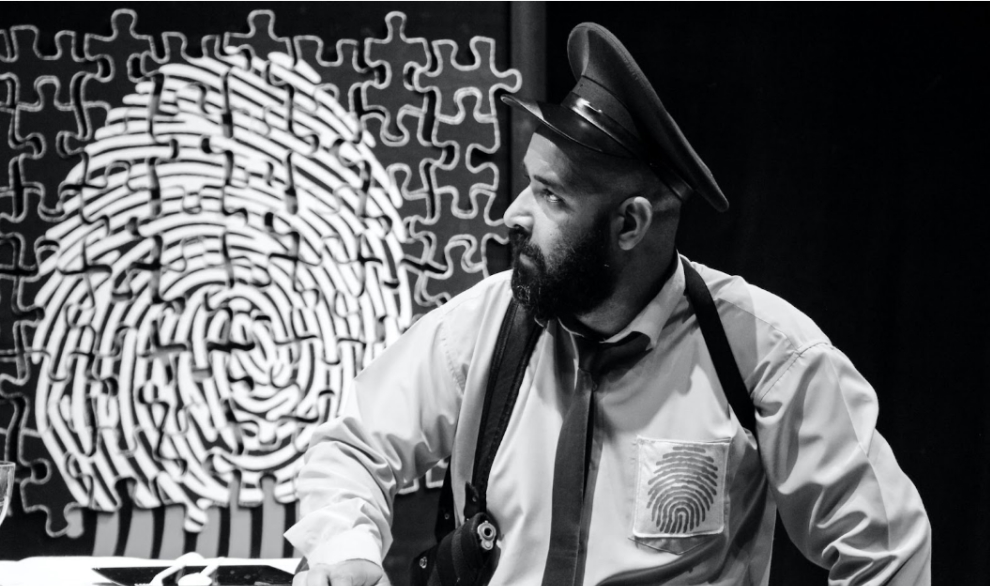Fingerprint Facts: 5 Things You Probably Didn't Know About Your Fingerprints

Fingerprints are patterns and ridges that you naturally have on each of your fingers. Each one is completely unique to you, so much so that no two people have ever been found to have the same fingerprints, including identical twins. This is why, if your workplace is rocking a high-tech fingerprint time clock system, you don’t stand a chance of having a friend clock in for you while you take a sneaky day off.
If you find this unique aspect of your body interesting, you’ll love being that person who knows the following facts:
Fingerprint Identification Has a Special Name
Fingerprint identification came into common use from around 1901 onwards. This was all thanks to Sir Francis Galton's work on fingerprint ID, which was further developed by Sir Edward R. Henry. The identification process was refined into a system which is called ‘dactyloscopy’ and was officially adopted by the FBI in America in 1924.
Unique Prints Aren’t Just on Your Fingers…
These unique patterns, also called dermal ridges, can also be found on your palms, toes, and the soles of your feet. This means that when the police look for prints to identify criminals, they can work with various types, not just fingerprints.
The US court will accept evidence that involves prints from all the body parts mentioned above. An interesting example of this can be found in the 1952 case of the Scottish bakery burglar, who left a rather large toe print in some flour on the floor. It took the court just 15 minutes to convict him based on that one piece of evidence.
You’d Struggle to Get Rid of Your Fingerprints
Fingerprints run down into the deeper layers of skin on your fingers, so even after repeated exposure to abrasives, they tend to grow back.
Of course, many people have tried to alter their fingerprints on purpose to avoid identification in criminal cases. A good example is ‘Handsome’ Jack Klutis, who cut into his fingerprints with a knife in an attempt to make them unidentifiable. In the end, police were still able to match his prints. In fact, the scars only served to make his prints more identifiable in the future.
You Have Three Types of Mini-Patterns in Your Fingerprints
Within the fingerprint, there is a unique set of dermal ridges, which have three main categories: arches, loops, and whorls. Interestingly, there are some slight racial variations seen between fingerprint patterns worldwide:
- * Arches are rare in Northern Europeans and Southern Europeans
- * African populations have more arches and whorls than Europeans
- * American Indians, Hindus, Jewish People, Syrians, and Arabians have fewer arches than European populations
- * Asian populations have fewer arches and more whorls than Europeans
Animals Have Fingerprints
It makes sense to assume animals don’t have fingerprints because humans and animals are different in development and form. However, you might be surprised to know that some animals do have fingerprints. Koalas, gorillas, and chimpanzees all have fingerprints, and there is even some evidence to suggest that those prints could be useful for those animals in enhancing their grip when climbing tree trunks and clinging to branches.
“I love old books. They tell you stories about their use. You can see where the fingerprints touched the pages as they held the book open. You can see how long they lingered on each page by the finger stains.” – Jack Bowman
Now you know these amazing facts about fingerprints, you’ll be able to appreciate your own unique dermal ridges that little bit more – they’re a tiny work of art created by you before you were born! Pretty cool, huh?



















